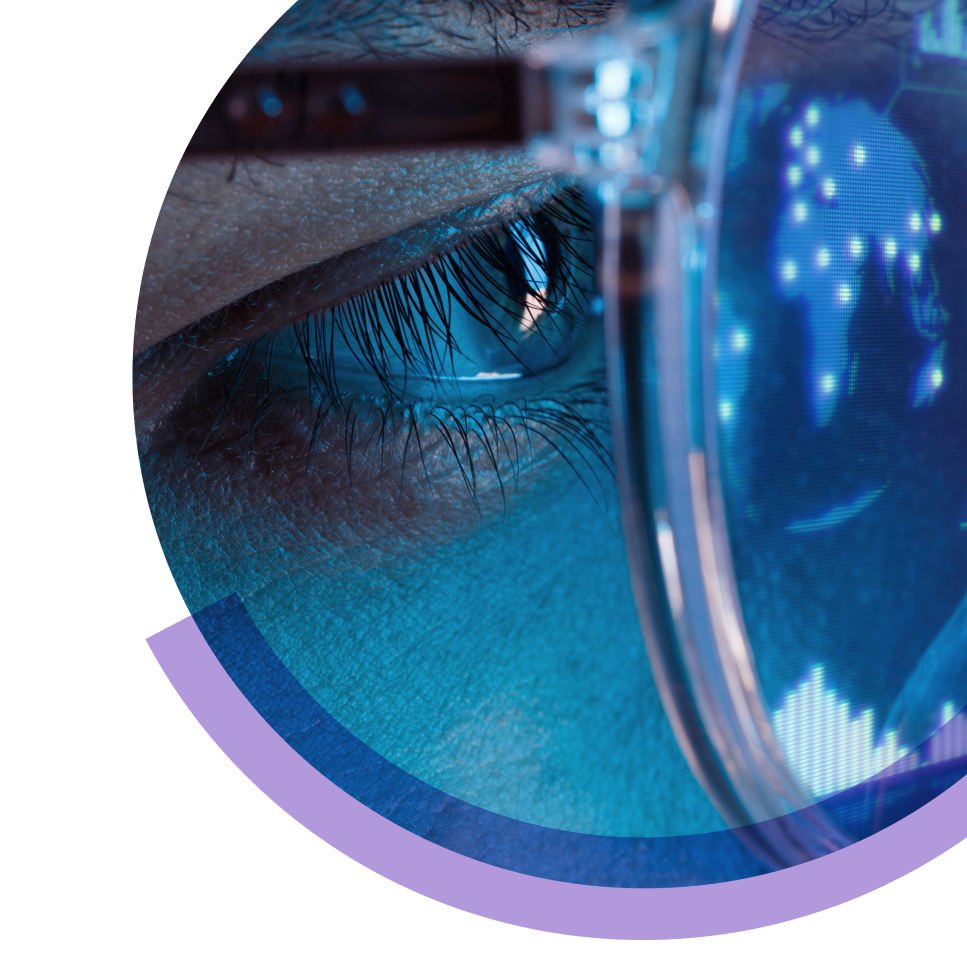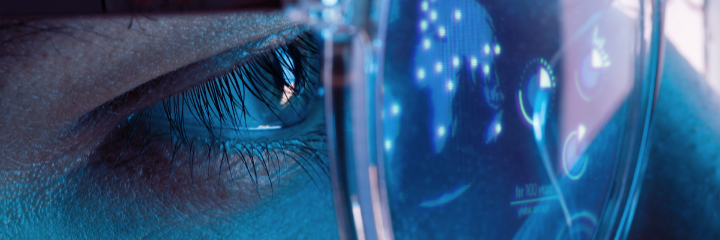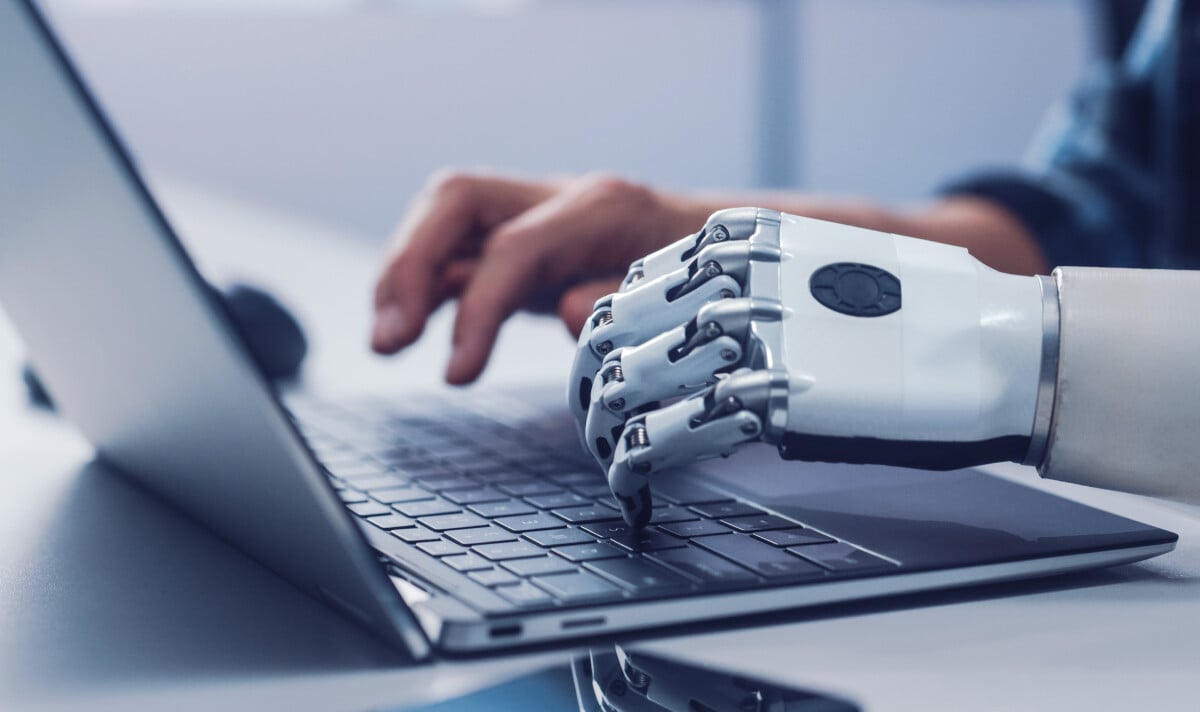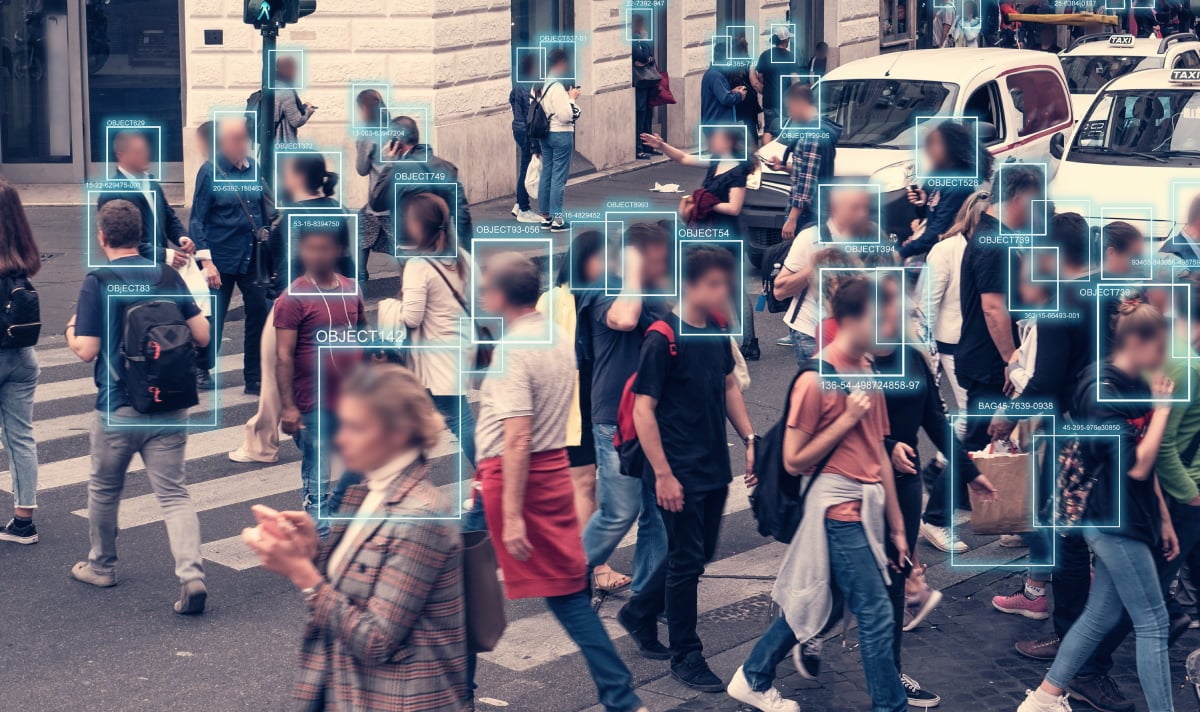This article is the third in a series on artificial neural networks. Follow these links to read the first and second.
As I mentioned in the first article in this series, the current surge in popularity of artificial neural networks isn’t the first one. At least in scientific circles, ANNs were also in vogue in the mid 20th century.
(Coincidentally, the expression buzzword itself had just come into usage at around the same time!)
Today, the internet allows us to take buzzwords to a whole new level. But I’d say the second, current incarnation of artificial neural networks is different mainly because:
Observers are concerned about artificial neural networks’ gaining too many capabilities.
In contrast, mid-20th century researchers lost interest in ANNs because they had too few capabilities, as in the case of the perceptron. That’s in line with the standard pattern for technology buzzwords throughout history: big interest followed by big disillusionment and finally realistic expectations.
But, as I mentioned in the last article, today’s ANNs are different. They actually work. And so, for the first time, there is a technology that theoretically will not depend on humans to innovate it. It can innovate itself. While the concept has been around for years in Sci-Fi stories, it now looks like it will be a major part of real life within a few years.
And people aren’t quite sure what to make of it. The pattern for this buzzword seems to be big interest followed by big fear and unclear expectations.
That’s why nobody can really say how this story ends. For the moment, I’ll just say that:
For the moment, humans are still guiding ANNs to achieve human-oriented goals.
By human-oriented goals I mean things that humans care about, for better or for worse. Examples would be art, business, or manipulating appearances that are interesting to the human eye.
Take the Deep Bach project, for example, in which an ANN learned Bach’s music and can generate its own Bach-inspired music. Or the Deep Dream Generator, with which humans use machines to create pictures that creep out other humans. Don’t forget spoofed politicians impersonated by computers! Or eyebrow-raising artwork that merges flowers and dinosaurs.
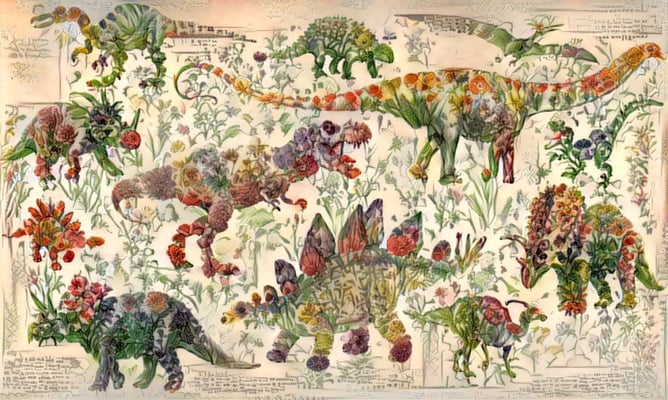
source: @chrisrodley on Twitter
For sure, these examples are signs of things to come and capabilities are growing every day. But I think humans will still be in “driver’s seat” when it comes to artificial neural networks for some time yet to come.
And if computers do become autonomous, it’s an assumption that they will be concerned with quintessentially human pastimes like conquering territory and climbing social hierarchies. It may be just as realistic to assume that the ANNs of the near future will have an entirely different set of priorities which we can’t imagine yet.

